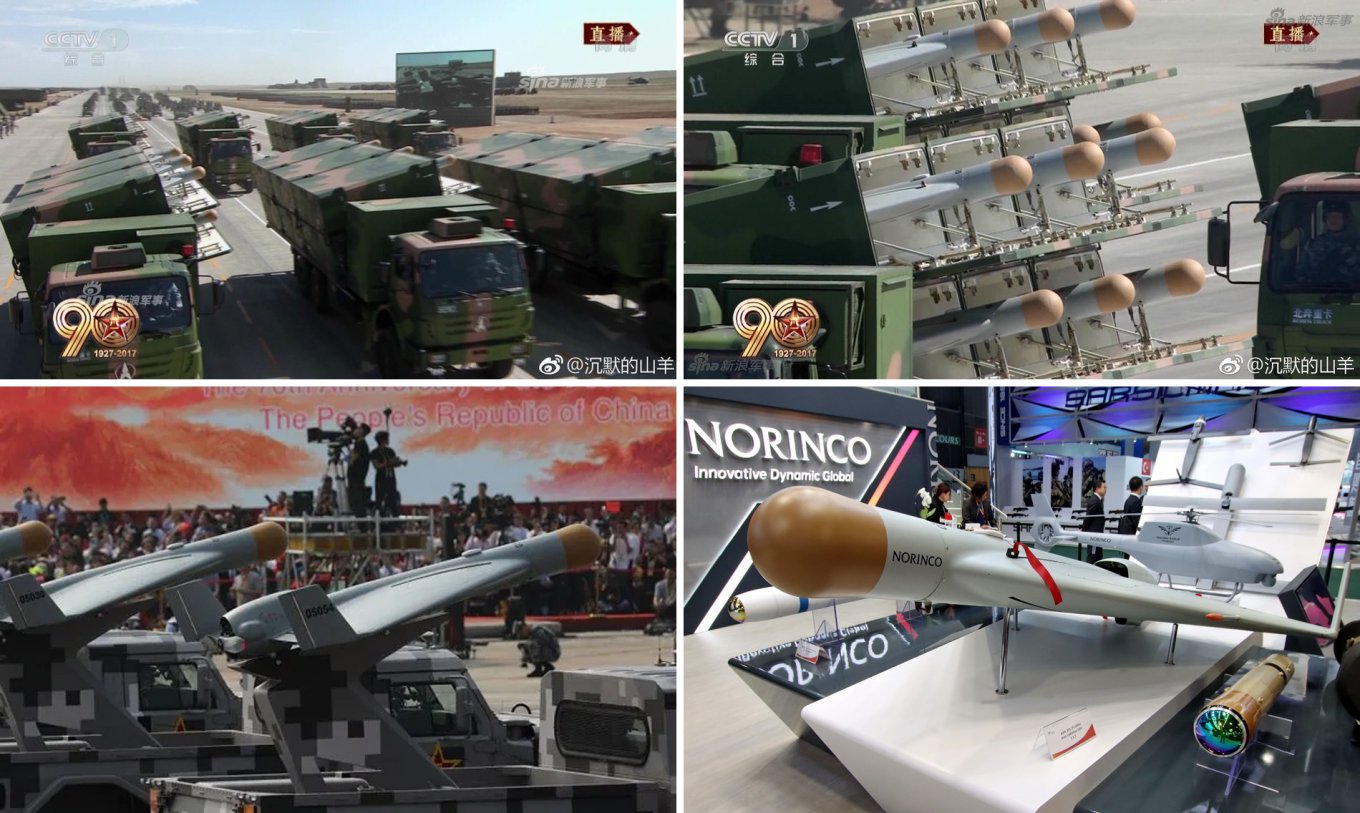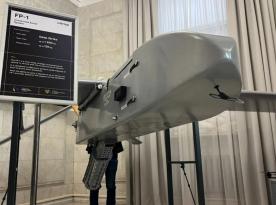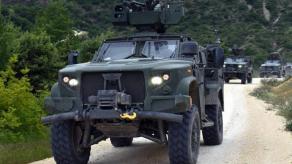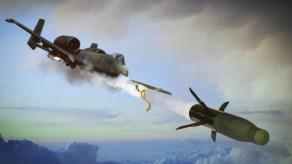China continues to actively promote its long-range kamikaze drone, the ASN-301 (also known as JWS-01), in the global defense market. This platform has drawn significant attention due to its resemblance to the Shahed-136 UAV. Its latest showcase occurred at Airshow China 2024, where the event also featured notable exhibits such as the J-35A, Chinese stealth fighter modeled on the F-35 aircraft, and a mockery of russia’s Su-57 fighter, presented abroad for the first time.
A promotional video released during the event highlighted the ASN-301 drone’s ability to neutralize radar systems. Unlike typical kamikaze drones, this system is designed to specialize in air defense suppression, equipped with a passive radar-seeking guidance head. This functionality sets it apart from Iranian Shahed drones, which are primarily employed to strike pre-identified static targets.
Read more: Shahed With a Fragmentation Warhead Strikes Ukrainian City: What Makes It So Dangerous
The ASN-301 drone first emerged publicly in 2017 during a military parade marking the 90th anniversary of the People’s Liberation Army. Since then, it has been consistently featured in exhibitions, though there are no confirmed export contracts to date.

Despite visual similarities to the Shahed drone, the ASN-301 UAV is derived from Israel Aerospace Industries’ Harpy drone, not Iranian technology. In the 1990s, China legally acquired 100 Harpy drones for $55 million, gaining valuable insights into their design and operational capabilities. The narrative took a turn in 2004 when China sent the drones to Israel for modernization.

However, the U.S. intervened, pressuring Israel to halt the upgrades and retain the drones. This led to diplomatic tensions, with the U.S. threatening to exclude Israel from the F-35 program. Ultimately, the drones were returned to China unmodified, prompting Beijing to reverse-engineer the system. The ASN-301 drone mirrors several features of the Harpy UAV, including its deployable antennas for radar detection, which can be mistaken for stabilizers.
It is noteworthy that the Harpy drone was not an entirely original Israeli development. Its concept is believed to have been inspired by earlier systems such as Germany’s DAR (Die Drohne Antiradar) and South Africa’s ARD-10 UAVs. Other countries have also drawn on the Harpy drone’s design. In 2023, Taiwan’s NCSIST unveiled the Chien Hsiang, a system nearly identical in appearance and function to the Harpy drone.


Read more: How an F-15E Faced a Shahed-136 With No Missiles Left and Tried Gun to Take it Down














